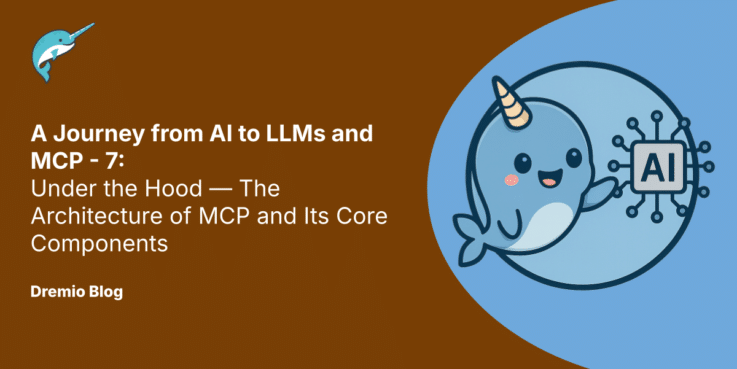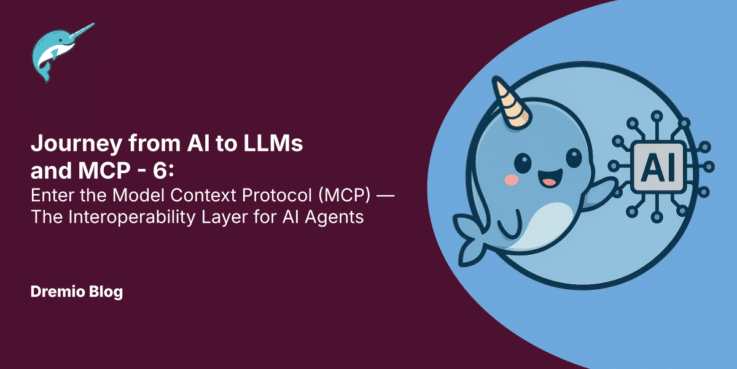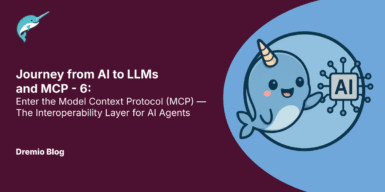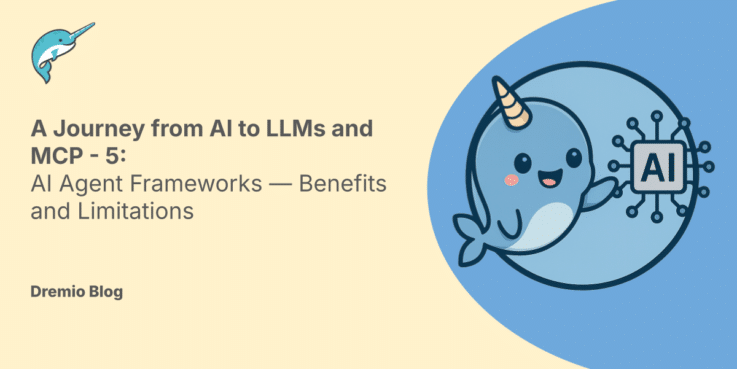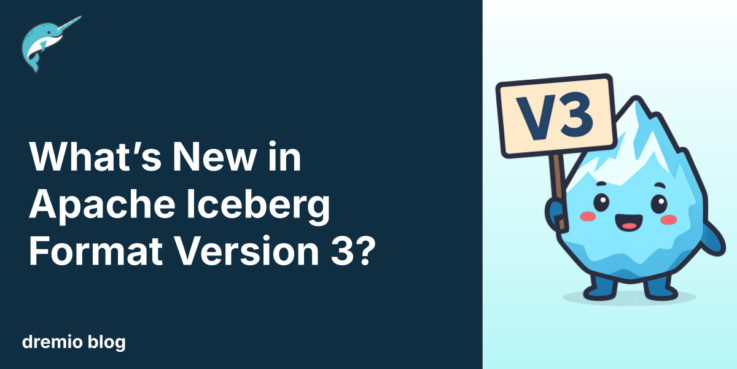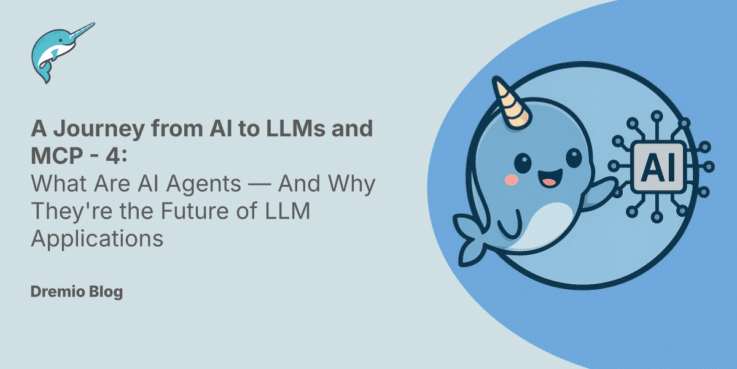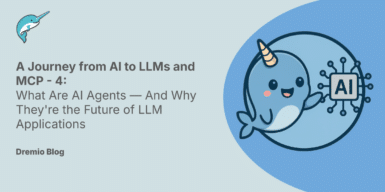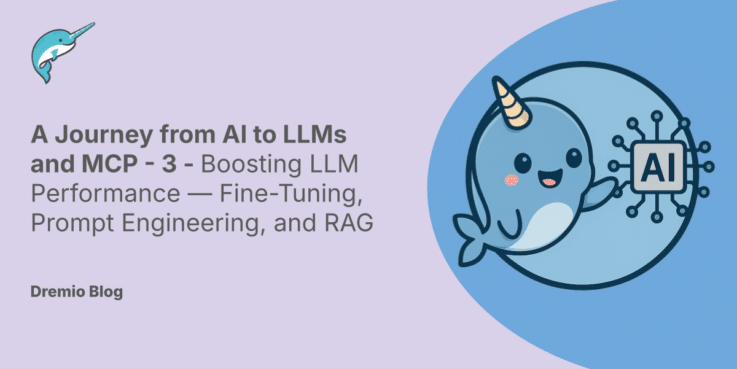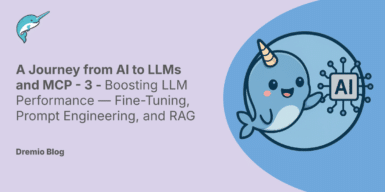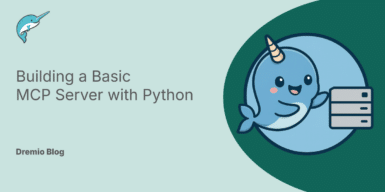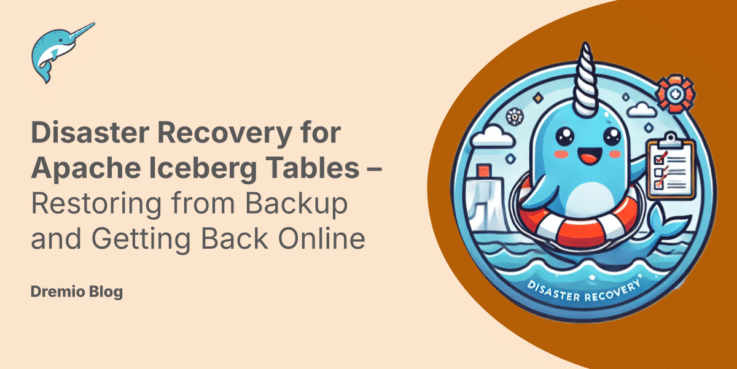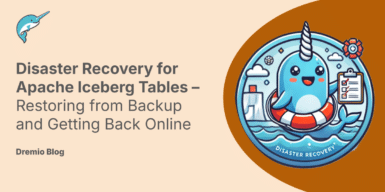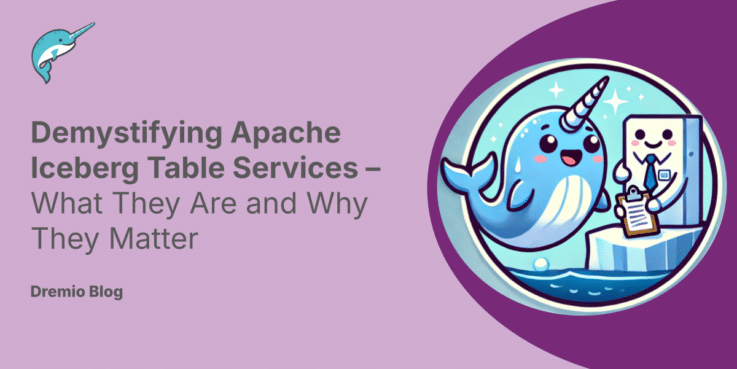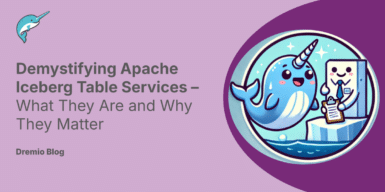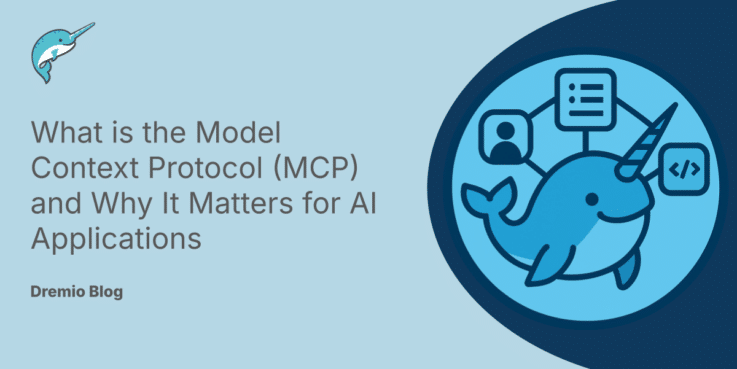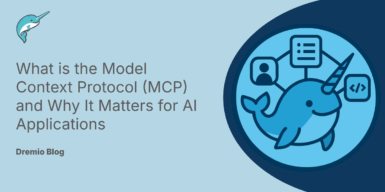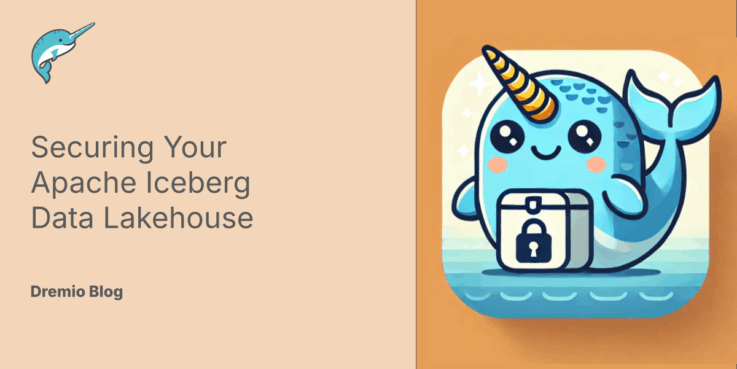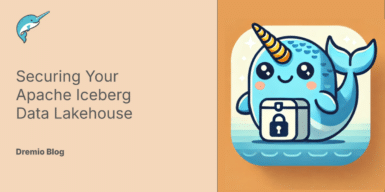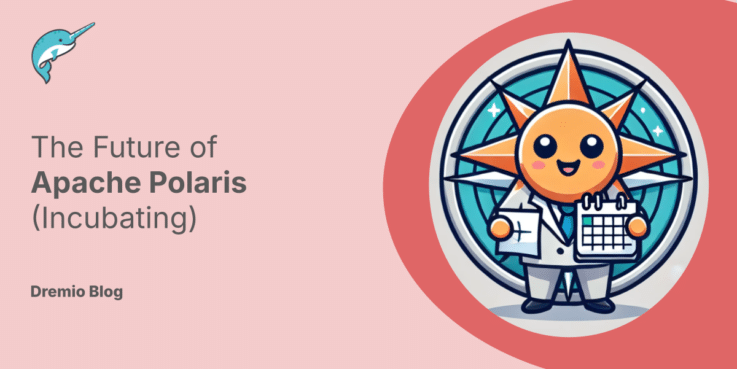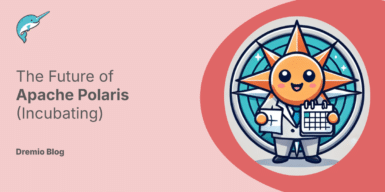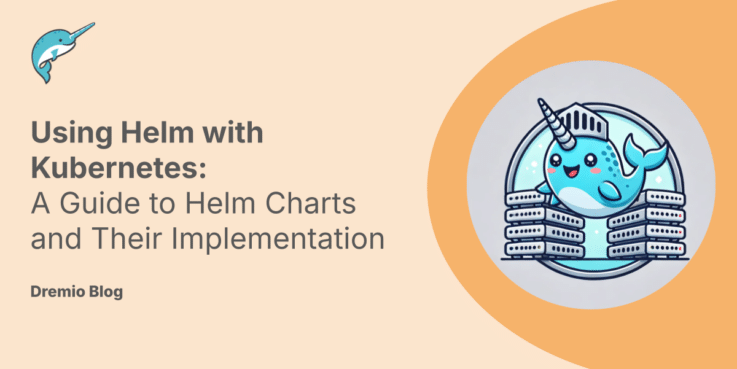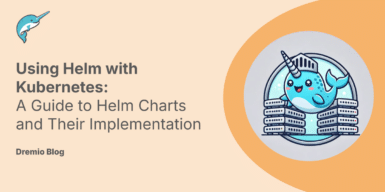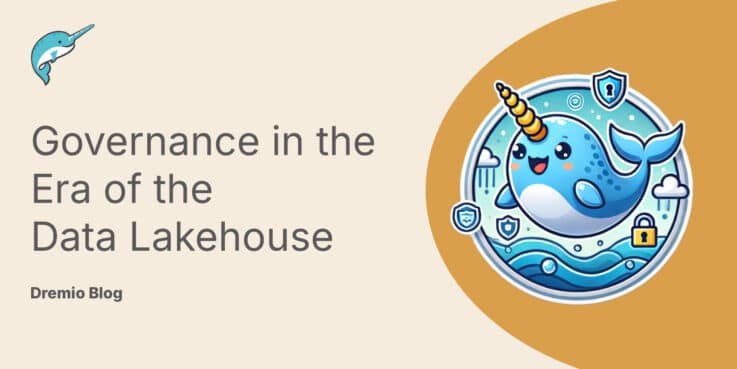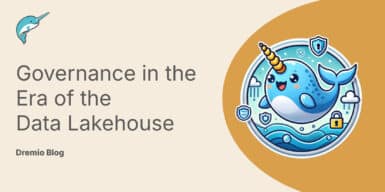Dremio Blog: Open Data Insights
-
Dremio Blog: Open Data Insights
A Journey from AI to LLMs and MCP – 8 – Resources in MCP — Serving Relevant Data Securely to LLMs
One of MCP’s most powerful capabilities is its ability to expose resources to language models in a structured, secure, and controllable way. -
Dremio Blog: Open Data Insights
A Journey from AI to LLMs and MCP – 7 – Under the Hood — The Architecture of MCP and Its Core Components
By the end, you’ll understand how MCP enables secure, modular communication between LLMs and the systems they need to work with. -
Dremio Blog: Open Data Insights
Journey from AI to LLMs and MCP – 6 – Enter the Model Context Protocol (MCP) — The Interoperability Layer for AI Agents
What if we had a standard that let any agent talk to any data source or tool, regardless of where it lives or what it’s built with? That’s exactly what the Model Context Protocol (MCP) brings to the table. -
Dremio Blog: Open Data Insights
A Journey from AI to LLMs and MCP – 5 – AI Agent Frameworks — Benefits and Limitations
Enter agent frameworks — open-source libraries and developer toolkits that let you create goal-driven AI systems by wiring together models, memory, tools, and logic. These frameworks enable some of the most exciting innovations in the AI space… but they also come with trade-offs. -
Dremio Blog: Open Data Insights
What’s New in Apache Iceberg Format Version 3?
Now, with the introduction of format version 3, Iceberg pushes the boundaries even further. V3 is designed to support more diverse and complex data types, offer greater control over schema evolution, and deliver performance enhancements suited for large-scale, high-concurrency environments. This blog explores the key differences between V1, V2, and the new V3, highlighting what makes V3 a significant step forward in Iceberg's evolution. -
Dremio Blog: Open Data Insights
A Journey from AI to LLMs and MCP – 4 – What Are AI Agents — And Why They’re the Future of LLM Applications
We’ve explored how Large Language Models (LLMs) work, and how we can improve their performance with fine-tuning, prompt engineering, and retrieval-augmented generation (RAG). These enhancements are powerful — but they’re still fundamentally stateless and reactive. -
Dremio Blog: Open Data Insights
A Journey from AI to LLMs and MCP – 3 – Boosting LLM Performance — Fine-Tuning, Prompt Engineering, and RAG
this post, we’ll walk through the three most popular and practical ways to boost the performance of Large Language Models (LLMs): Fine-tuning Prompt engineering Retrieval-Augmented Generation (RAG) Each approach has its strengths, trade-offs, and ideal use cases. By the end, you’ll know when to use each — and how they work under the hood. -
Dremio Blog: Open Data Insights
Building a Basic MCP Server with Python
In this tutorial, we’ll walk you through building a beginner-friendly MCP server that acts as a simple template for future projects. You don’t need to be an expert in AI or server development—we’ll explain each part as we go. -
Dremio Blog: Open Data Insights
Disaster Recovery for Apache Iceberg Tables – Restoring from Backup and Getting Back Online
Unlike traditional databases, Iceberg doesn’t bundle storage, metadata, and catalog into a single system. Instead, it gives you flexibility—with the tradeoff that restoring from a backup requires understanding how those components fit together: -
Dremio Blog: Open Data Insights
Demystifying Apache Iceberg Table Services – What They Are and Why They Matter
While the table spec and catalog spec laid the groundwork for interoperability and governance, it’s Table Services that will determine whether your Iceberg tables thrive or degrade in the real world. They’re the unseen engine room that keeps data performant, cost-effective, and reliable—especially at scale. -
Dremio Blog: Open Data Insights
What is the Model Context Protocol (MCP) and Why It Matters for AI Applications
The Model Context Protocol is quietly reshaping how we build with language models — not by making the models smarter, but by making their environments smarter. -
Dremio Blog: Open Data Insights
Securing Your Apache Iceberg Data Lakehouse
In conclusion, securing an Apache Iceberg lakehouse demands a holistic strategy that encompasses multiple layers of control. By implementing robust security measures at the object storage level, such as encryption and access restrictions, organizations can protect the raw data. -
Dremio Blog: Open Data Insights
The Future of Apache Polaris (Incubating)
The Apache Polaris roadmap lays out an ambitious vision for the project, balancing core functionality, governance, security, and interoperability while staying true to its open-source roots. As Polaris evolves, its flexibility, community-driven approach, and commitment to quality will ensure it meets the growing demands of modern data ecosystems. -
Dremio Blog: Open Data Insights
Using Helm with Kubernetes: A Guide to Helm Charts and Their Implementation
Helm is an essential tool for Kubernetes administrators and DevOps teams looking to optimize deployment workflows. Whether you are deploying simple microservices or complex cloud-native applications, Helm provides the flexibility, automation, and reliability needed to scale efficiently. -
Dremio Blog: Open Data Insights
Governance in the Era of the Data Lakehouse
By leveraging modern tools like dbt, Great Expectations, and Dremio, organizations can implement robust governance frameworks that ensure data is accurate, secure, and accessible. These tools empower teams to enforce quality checks, manage sensitive data in compliance with regulations, secure decentralized data at multiple layers, and provide a centralized semantic layer for consistent access. At the heart of governance is transparency and trust, achieved through data lineage, metadata management, and accountability, enabling stakeholders to confidently rely on their data.
- « Previous Page
- 1
- 2
- 3
- 4
- …
- 11
- Next Page »



